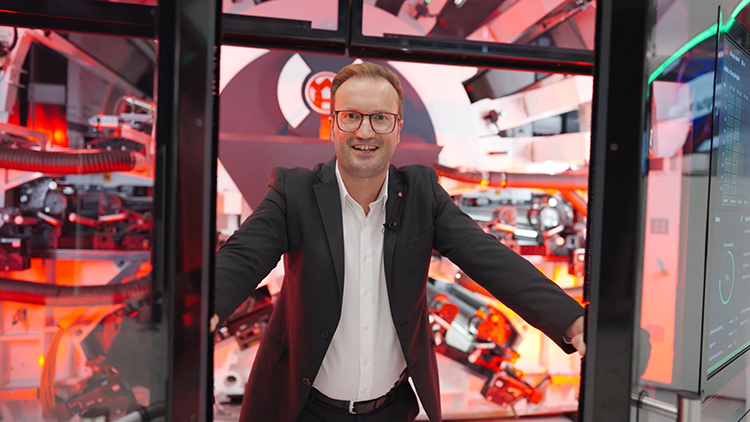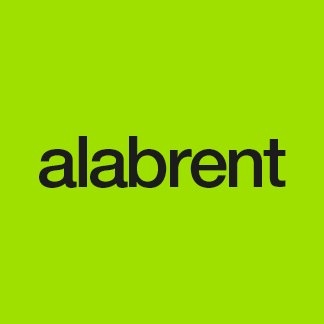Redacción Alabrent
The advantages of digital printing are well known: it is fast and flexible. Prepress and plate costs can be reduced, lead times shortened and product variety increased. However, while digital printing is already established in some areas, such as the label market, there is still no convincing answer for the flexible packaging market. The reason is simple: the quality requirements of packaging printers are high, the market is at the same time cost-sensitive, and the substrates to be printed are becoming increasingly diverse and demanding.With the digital concept, W&H overcomes these hurdles and creates the first industry-compatible machine for the flexible packaging market. The concept is based on a central-cylinder hybrid approach and offers unique application flexibility for industrial packaging printing.
Central cylinder at the heart of the press
With its high register accuracy, the central cylinder at the heart of the press ensures that modern and challenging substrates such as PET, PP, PE as well as paper can be printed accurately and with high quality. This is particularly important in the context of the flexible packaging industry's strong focus on sustainability, as even challenging substrates can be processed optimally.
W&H invented the first flexographic printing press with a central cylinder in 1954. And it is still the basis for modern flexographic printing.
Hybrid approach combines flexo and inkjet
The innovative approach combines digital and flexographic printing. Up to 7 inkjet and 4 flexo printing units are arranged around the central cylinder to provide a wide range of applications and flexibility.
The flexo units allow the application of flexo white, primer, OPV or spot colors, offering cost advantages by using less expensive flexo inks as needed. Reverse and surface printing are possible, with the center cylinder always ensuring maximum register accuracy. The piezo drop-on-demand inkjet technology enables photorealistic resolutions of brilliant 1.200 dpi.
Sustainability is a priority, as only water-based inks are used in digital and flexographic printing.
Productivity with a print width of 1m (39.4") and 150 m/minute (492 ft/min.)
1m (39.4") print width is the basis for a wide range of applications and packaging formats. Thanks to the innovative double head technology, the maximum print speed is 150 m/minute (492 ft/min.) at brilliant 1,200dpi resolution, This is independent of amount of colors, color quantity or design.
"It was important for us to develop a digital press that would meet the current and future needs of a flexible packaging printers, while being economical. We didn't want a press for single or niche products, but for our customers' entire portfolio," says Hermann Veismann, Managing Director Printing at Windmöller & Hölscher. "We are proud to present a concept that offers a real solution for digital packaging printing. Without compromise."
Scheduled to the market in 2026, the solution presented will be one of the fastest and most flexible digital printing presses in its class.
By entering the digital printing press market, W&H aims to expand its portfolio with a press for the short to medium run market (> 2,000 to 10,000 square meters). W&H sees digital printing as a complement to its existing portfolio.



